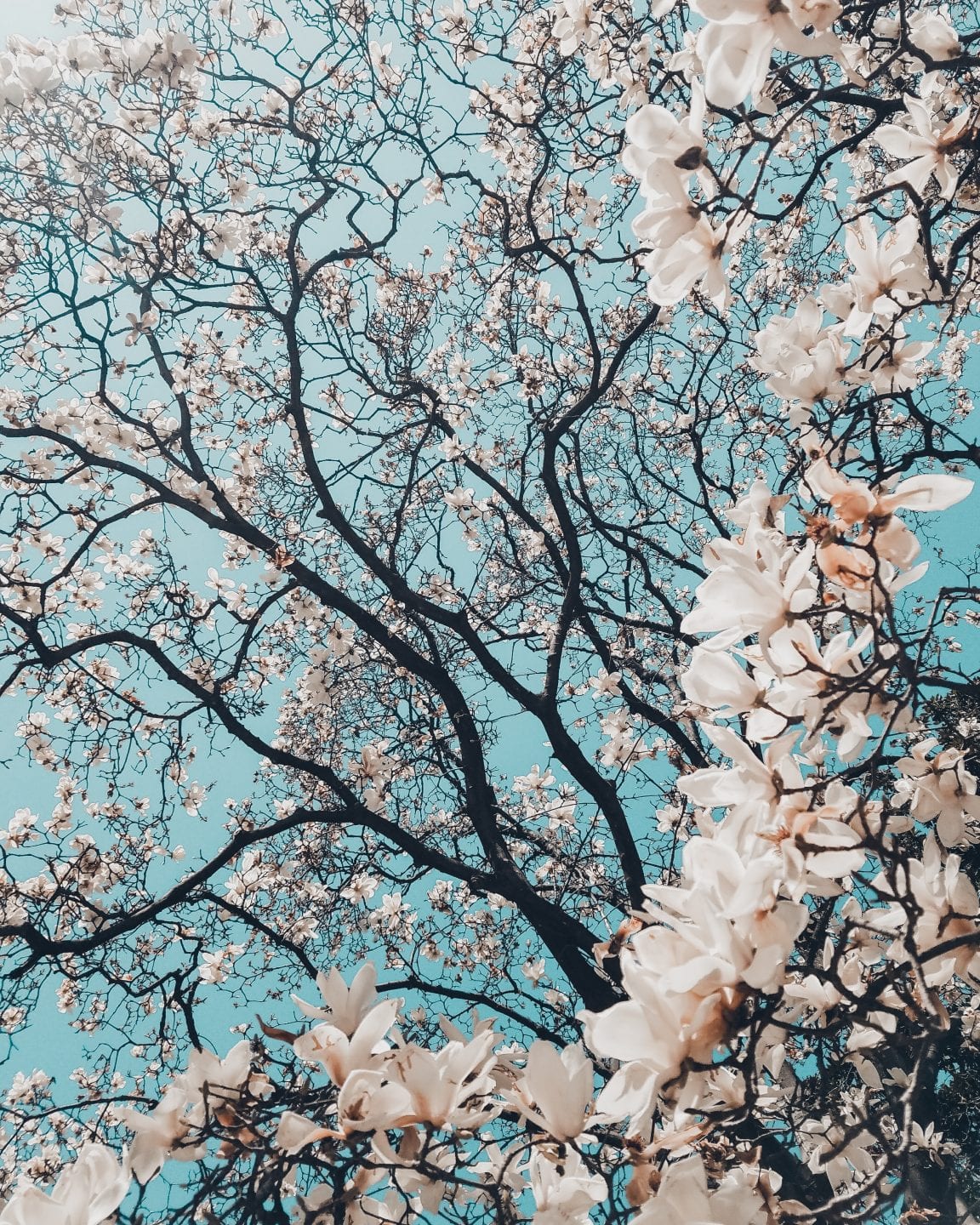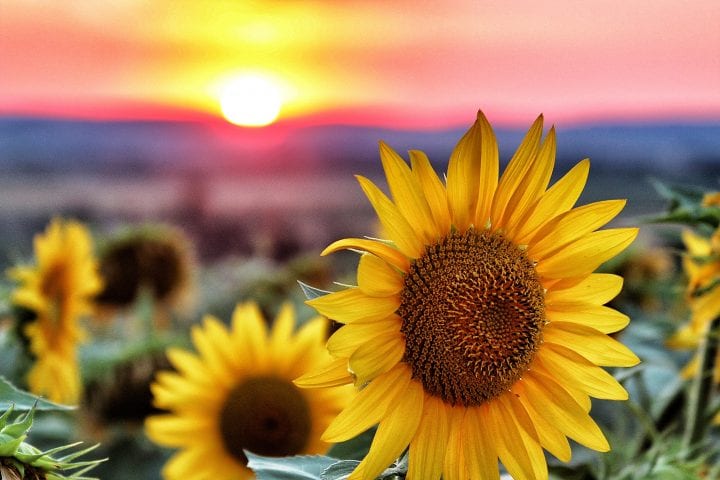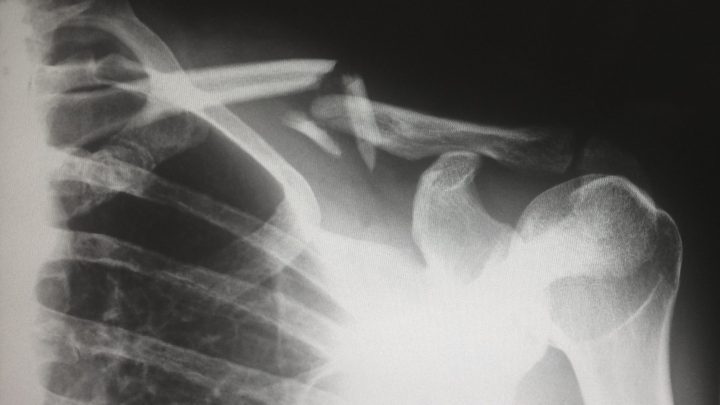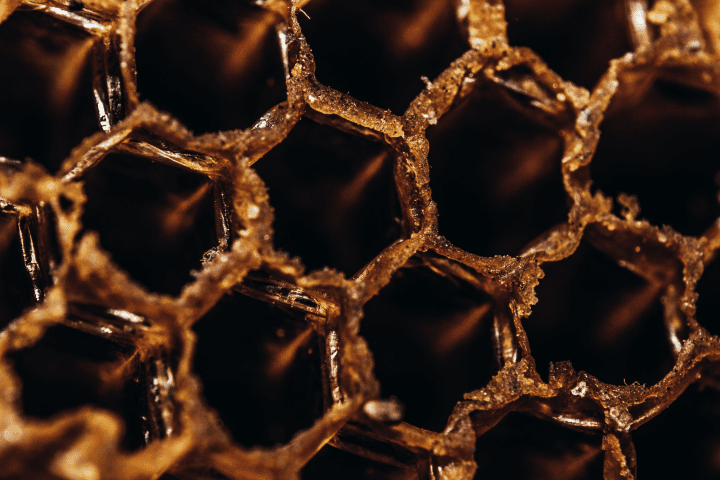The seed heads of sunflowers optimize the packing of seeds by growing florets in a spiraling pattern connected to the golden ratio and Fibonacci sequence.
Introduction
Gaze into the center of a sunflower and you’re bound to notice the striking pattern of spirals in the many florets there. This spiral tendency is common in the growth of plants, often seen in the way flowers, leaves, and branches are spaced around a central stem or trunk. But besides being entrancing to the eye, there is a functional value in these patterns, and there is a simple basis behind the dazzling complexity.
The Strategy
In the case of leaves, if you look down on such a plant from above, you can see that the spiral placement maximizes each leaf’s exposure to the sun, minimizing any overshadowing of one leaf by another. Plants similarly want to maximize the number of seeds they can pack into a given area to maximize their chances of reproductive success. How these patterns form is what makes the story really interesting.
Inside a plant, the cells around a central axis contain various concentrations of biochemicals, such as the plant auxin. Differences in these concentrations can influence where, around the circumference of that central axis, a flower, , or leaf bud will form. Mechanical forces, like pressure from other growing parts, can also shape the location of bud formation.
In plants using this spiral pattern, each new growth tends to form in a location around that circle that is as far away from previous growths as possible. So the first growth happens on one side of the circle, the second on the opposite site at 180° to the first. The third round of growth can’t be at 180° from that one, because that would place it directly above the first. So it’s at a slightly lesser angle to the second growth. That pattern of influence keeps shrinking the angle, but less so with each round of growth, getting closer and closer to about 137.5°. Following this pattern, leaves don’t overlap and overshadow one another, and seeds, flowers, and other parts efficiently fill the available space.
That 137.5° angle doesn’t come out of nowhere. These patterns of plant growth reflect interesting mathematical properties. When a circle is divided into two arcs, one having a roughly 137.5° angle, the size of the larger arc compared to the smaller arc is the same as the ratio of the entire circle to the larger arc: 1.618 to 1. That is the same pattern seen in the famous Fibonacci sequence, in which the next number is the sum of the previous two (0, 1, 1, 2, 3, 5, 8, 13, 21, 34, 55…). With each new addition to the sequence, the ratio of the last two numbers is closer and closer to 1.618.
This ratio is known as the golden ratio, and 137.5° as the golden angle, and they show up in many places in the growth and development of living organisms. While it may seem mystical, it’s a simple pattern where whatever comes next is influenced in a consistent way by whatever came before. The truly astounding part is how many forms that influence can take, from densely packed flower heads to the graceful swirl of a nautilus shell.
"That pattern of influence keeps shrinking the angle, but less so with each round of growth, getting closer and closer to about 137.5°. Following this pattern, leaves don’t overlap and overshadow one another, and seeds, flowers, and other parts efficiently fill the available space."
The Potential
Plants have come up with a self-organizing developmental method that results in their optimal design. Human designs that require efficient spatial organization can borrow from this effective plant strategy for covering area, absorbing resources, and other applications. For example, engineers inspired by the arrangement of florets in a sunflower head reorganized the mirrors in a solar concentrator array. They discovered that, by doing so, they could concentrate the same amount of sunlight as before, yet use 20% less land area.








